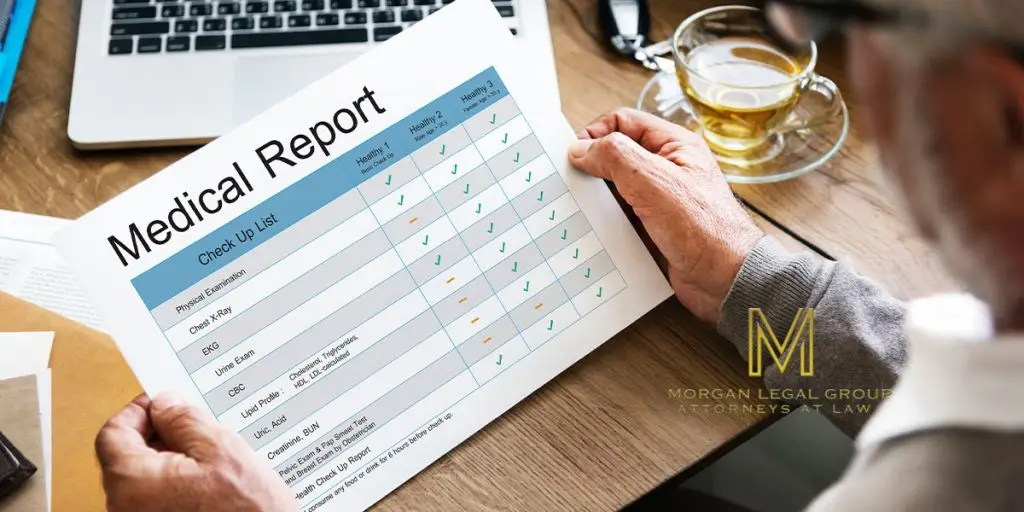The Look-Back Period in New York
When it comes to Medicaid planning in New York, understanding the concept of the look-back period is essential. This crucial aspect of Medicaid eligibility can significantly impact your ability to receive benefits and protect your assets. In this article, we’ll delve into what the look-back period entails, how it affects Medicaid planning, and strategies to navigate it effectively.
What Is the Medicaid Look-Back Period?
The Medicaid look-back period refers to a specific timeframe during which Medicaid examines an applicant’s financial transactions and asset transfers. Its primary purpose is to prevent individuals from quickly transferring their assets to qualify for Medicaid benefits, thereby preserving their wealth while receiving government assistance.
In New York, the look-back period typically spans five years, but this period may change due to state and federal regulations. During this period, Medicaid scrutinizes all financial transactions, including gifts, asset transfers, and sales for less than fair market value.
How Does the Look-Back Period Affect Medicaid Eligibility?
Understanding how the look-back period impacts Medicaid eligibility is crucial. If you’ve made any uncompensated transfers of assets during this period, Medicaid may impose a penalty period during which you won’t be eligible for benefits.
The penalty period’s duration is calculated based on the total value of the transferred assets and the average monthly cost of nursing home care in your area. During this penalty period, you’re responsible for covering your long-term care expenses.
It’s important to note that some transfers, like those to a spouse or a disabled child, are exempt from the look-back period’s scrutiny. Properly planning for Medicaid can help you avoid penalties and secure the assistance you need.
Strategies for Navigating the Look-Back Period
Given the potential financial repercussions of the look-back period, it’s essential to plan carefully. Here are some strategies to navigate it effectively:
- Asset Protection Trusts: Establishing irrevocable trusts can protect your assets from Medicaid scrutiny. Assets placed in these trusts are typically not counted during the look-back period.
- Structured Gifting: If you plan to apply for Medicaid in the future, consider structured gifting within the allowable limits. This involves gifting assets gradually over time to minimize the impact of the look-back period.
- Proper Documentation: Keep meticulous records of all financial transactions, including any asset transfers or gifts. This documentation can be invaluable in case of a Medicaid review.
- Seek Professional Guidance: Consulting with an experienced Medicaid planning attorney is crucial. They can help you navigate the complexities of the look-back period and develop a strategy that aligns with your goals.
Conclusion
The Medicaid look-back period in New York is a critical aspect of Medicaid planning that requires careful consideration and strategic decision-making. Understanding how it works and its potential impact on your eligibility and assets is essential. At Morgan Legal Group, we specialize in Medicaid planning and can help you develop a comprehensive strategy that maximizes your chances of securing Medicaid benefits while safeguarding your financial well-being. Contact us today to ensure your Medicaid planning aligns with your long-term goals.









